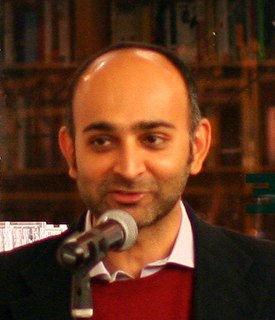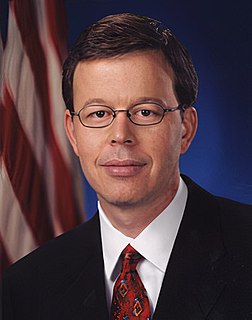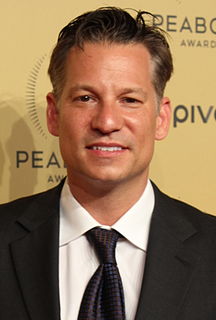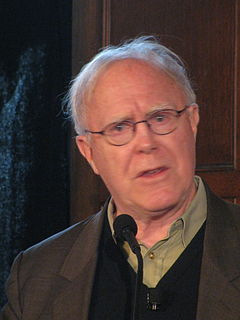A Quote by Mohsin Hamid
Well, one thing that has changed is the number of people killed by terrorists in Pakistan. Civilians killed has gone down really quite dramatically. There was a newspaper article here about a month ago that got big headlines which said that civilian deaths from terrorism were down something like 80 percent or 90 percent from their peak of two or three years ago.
Quote Topics
Related Quotes
As I noted to my colleagues in the Roberts' hearings, in a year between 80 percent to 90 percent of the children in America diagnosed with Down's Syndrome will be killed in the womb simply because they have a positive genetic test which can be wrong, and is often wrong, but they would have a positive genetic test for Down's Syndrome and they will be killed.America is poorer because of such a policy.
I can walk down the street, and 85 percent of the people on the block are really quite oblivious to me. They either think I'm probably an actor or else I installed their storm windows two years ago, or I work at their bank, or maybe I'm their cousin Marie's gynecologist. Then, to the other 15 percent of those people on the street, I'm a rock star.
Economists often talk about the 80/20 Principle, which is the idea that in any situation roughly 80 percent of the “work” will be done by 20 percent of the participants. In most societies, 20 percent of criminals commit 80 percent of crimes. Twenty percent of motorists cause 80 percent of all accidents. Twenty percent of beer drinkers drink 80 percent of all beer. When it comes to epidemics, though, this disproportionality becomes even more extreme: a tiny percentage of people do the majority of the work.
Twenty years ago the Oklahoma City bombing seared the concept of terrorism on American soil into our national consciousness and proved that we are all vulnerable, even in the heartland. I was in college at Rice University in 1995. All of us remember exactly where we were that day, and we will never forget the 168 people who were killed. Terrorism is evil, yet the incredible response to tragedies like we experienced in Oklahoma 20 years ago serve to highlight the strength, resolve, and resiliency of the American people to the world.
One of the most durable successes of the war on poverty was to dramatically reduce the number of elderly poor in America. That's still true today. But, by contrast, child poverty has shot up over the last few years: A decade ago, about 16 percent of children in America were poor - which is a shockingly high percentage. But it's not as shocking as today, when we see that 22 percent of kids live in poverty.
How can you claim infallibility and claim that in these 114 [drone] strikes there was just one mistake -- one person killed that was a civilian -- and at the same time say, 'Well, we don't really know how many people were killed or who they were, but we know they weren't civilians'? I don't know how you can do that.
People say to us, look, it may well be the case that there are fewer wars and fewer genocides, but surely more people are being killed. But when we look at this, the number of people killed in wars involving a state every year, all the wars, and you can see there's a high point, that's the Korean war, and it keeps on going down and down and down. If you look at the average number of people killed per conflict per year, it goes from 37-thousand in 1950 to just 600 in 2002.
10 years ago [in 2006], nearly 90 percent of those albums sold enough in that year to reach Gold status. 10 years later, about 30 percent were eligible. With the new rules, we figure about 40 percent of the top 200 best-sellers for the year will be eligible. We were very cautious in our approach to changing how we calculate what is eligible because the integrity of the process is our foremost consideration. It's difficult to get certified sales awards, and it's a big deal and we didn't want there to be a huge change in how many would be eligible.
I know Teddy Kennedy had fun at the Democratic convention when he said that I said that trees and vegetation caused 80 percent of the air pollution in this country. ... Well, now he was a little wrong about what I said. I didn't say 80 percent. I said 92 percent-93 percent, pardon me. And I didn't say air pollution, I said oxides of nitrogen. Growing and decaying vegetation in this land are responsible for 93 percent of the oxides of nitrogen. ... If we are totally successful and can eliminate all the manmade oxides of nitrogen, we'll still have 93 percent as much as we have in the air today.
In the beginning of the 19th century, maybe forty percent of women and fifty percent of men could produce a signature, which meant that they'd had at least three years of education because it was in third grade that people started penmanship in the 19th century. And of course black people could get killed if they got caught teaching themselves to read in some parts of the country.







































